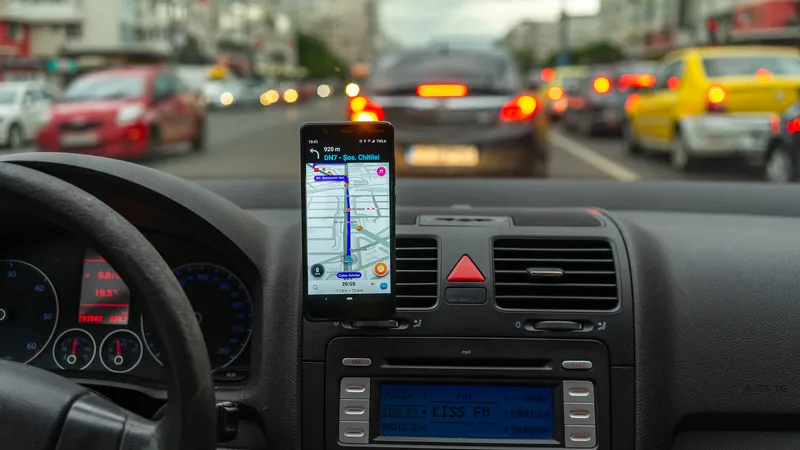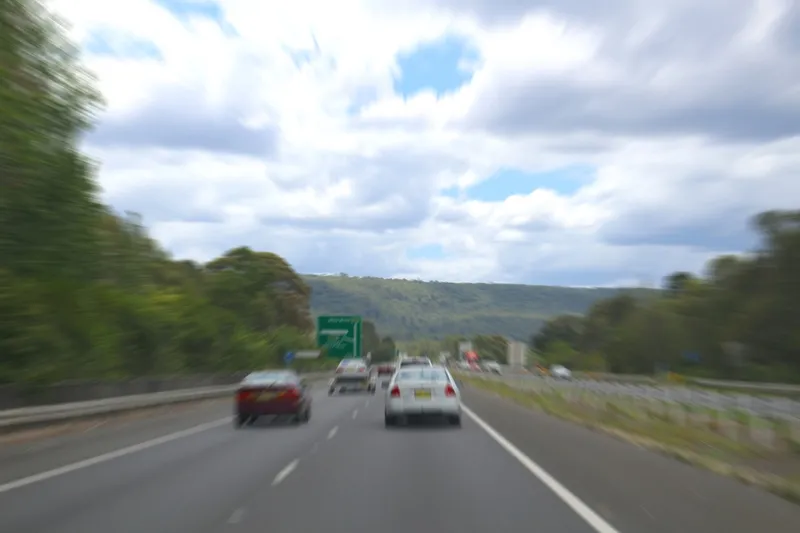
I remember the pre-dawn chill of 2010, lacing up steel-toe boots for my first shift as young engineer on site. Back then, construction zone safety relied heavily on high-visibility vests, handheld stop signs, and the fragile hope that drivers would see and react to orange cones.
Fifteen years later, prompted by US National Work Zone Awareness Week and its crucial call to “Respect the zone so we all get home”, reflection on that era reveals a great transformation. The rise of cooperative intelligent transport systems (C-ITS) is fundamentally changing how we protect both workers and motorists.
At the heart of this technological revolution lies the decentralised environmental notification (DEN) service and its DEN messages (DENM) - emerging as a digital guardian for high-risk workzones.
Critical role for DEN & DENM
C-ITS represents the frontier of road safety technology, enabling vehicles and infrastructure to communicate in real time to prevent accidents and save lives.
Construction zones present unique hazards, with workers in close proximity to fast-moving traffic, temporary road layouts and unexpected obstacles. The strategic implementation of DENM-based warning systems has shown remarkable potential to reduce accidents and fatalities in these high-risk areas.
DEN is designed to provide real-time situational awareness through Vehicle to Everything (V2X) communication channels. At its core, DEN enables the timely dissemination of critical road event information to all relevant road users within a specific geographical area through standardised DENM.
The DEN service operates within the broader framework of C-ITS, which facilitates communication between vehicles, infrastructure and other road users. This service is particularly significant because it transforms traditional reactive driving into proactive safety management. Instead of drivers reacting to visible hazards, the system enables anticipatory responses to dangers beyond the line of sight.
The European Telecommunications Standards Institute (ETSI) has developed comprehensive standards governing the DEN service - specifically ETSI EN 302 637-3, which defines the DENM format and transmission protocols. This standardisation is crucial for ensuring interoperability across different automotive manufacturers, infrastructure providers and regional deployments.
Unlike static warning systems, DEN services provide dynamic notifications that adapt to evolving road conditions. When a hazardous event occurs, DENMs can be triggered automatically by sensors, manually by authorised personnel, or through on-board vehicle systems. These messages are then propagated through the network, reaching vehicles that might be affected by the hazard well before they encounter it physically.
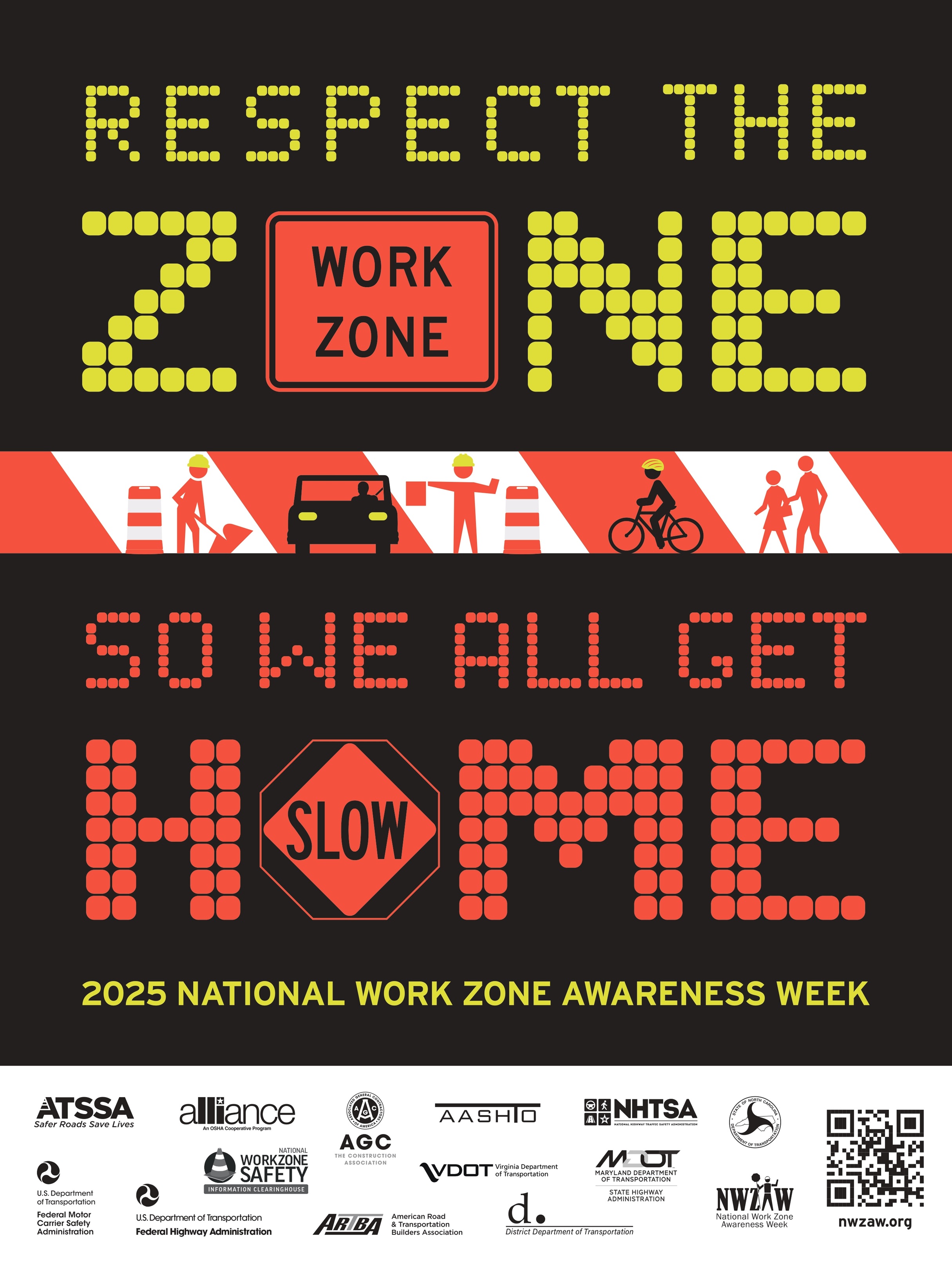
Technical architecture of DENM
DENMs follow a sophisticated structure designed for maximum information utility while maintaining bandwidth efficiency. Each message contains several mandatory components, including a header with management information, a situation container describing the event type, a location container with precise geographical references, and an optional container with supplementary details.
The technical structure of DENMs is oriented around event causation codes that categorise the nature of the hazard. For construction zones specifically, dedicated cause codes (like "roadworks" - code 3) enable receiving systems to properly interpret and present the information. The messages also contain crucial data such as the event position, detection time, relevance area and event duration.
What makes DENMs particularly valuable is their capacity to include detailed information about construction zone configurations, including lane closures, speed restrictions, altered road paths and the presence of workers. This granularity enables drivers and advanced driver assistance systems to prepare appropriately for the specific conditions ahead.
The transmission of DENMs follows sophisticated protocols to ensure timely delivery and prevent network congestion. Messages are repeated at intervals appropriate to the urgency of the situation, with critical safety notifications receiving higher transmission priority. DENM repetition and termination mechanisms ensure that information remains current, with updates or cancellations issued when conditions change.
Workzone safety
Construction zones present unique hazards on roadways, with statistics showing an alarming rate of accidents in these areas. In the US alone, workzone crashes result in approximately 800 fatalities and 42,000 injuries annually, with similar concerning statistics across Europe. These zones combine multiple risk factors: unexpected lane changes, temporary traffic patterns, reduced lane widths, the presence of workers, and often compromised visibility due to equipment and barriers.
DENM technology addresses these specific challenges through targeted warning applications. When approaching a workzone, vehicles equipped with C-ITS capabilities receive advance notification via DENM, providing details about the nature of the construction, affected lanes, speed restrictions and the presence of workers. This early warning significantly extends the driver's perception horizon beyond visual range, allowing for smoother deceleration and lane changes.
“Early warning leads to smoother traffic flow, reduced collision risk, and ultimately, fewer fatalities among both drivers and road workers”
The safety applications enabled by DENM in construction zones can be categorised into several specific use cases. Road works warning (RWW) messages alert drivers to upcoming construction activities and any associated hazards. Temporary speed limitations are communicated with exact geographical bounds. Lane closure and altered traffic flow notifications help drivers prepare for required manoeuvres. Additionally, special hazard warnings related to construction equipment movements, material spills or worker proximity to traffic can be immediately propagated.
Research has demonstrated significant safety improvements through these applications. A study conducted across several European test sites revealed that DENM-enabled workzone warnings reduced hard braking events by 61% and near-miss incidents by 37%, while improving average compliance with temporary speed restrictions by nearly 24%. These outcomes directly translate to enhanced safety both for drivers and for vulnerable road workers.
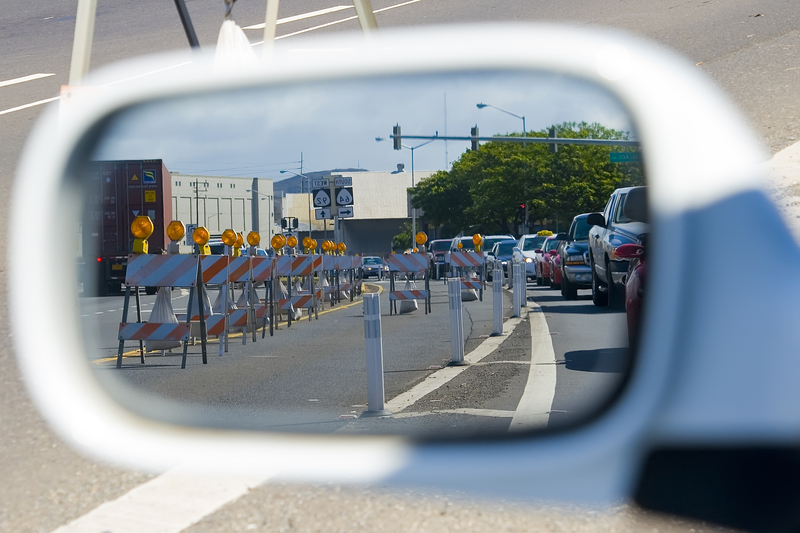
Current deployments and strategies
Across Europe, North America, and parts of Asia, several large-scale deployments of DEN services targeting construction zone safety have demonstrated impressive real-world effectiveness. The European C-Roads project, spanning multiple countries, has implemented DENM-based workzone warnings along thousands of kilometres of highways, with participating vehicles receiving standardised notifications regardless of national boundaries.
In the US, the Work Zone Data Exchange (WZDx) initiative has established frameworks for sharing construction zone information that can be translated into DENM. The project has enabled several state departments of transportation to broadcast real-time workzone data to connected vehicles, navigation providers and mobility applications.
“C-ITS isn’t just about smarter cars; it’s about protecting lives, whether you’re behind the wheel, installing traffic lights or holding a stop sign”
Implementation approaches vary, based on regional infrastructure capabilities. In advanced deployments, roadside units (RSUs) are installed along construction corridors to broadcast DENMs directly. Alternative approaches leverage cellular networks to distribute messages over wider areas. Hybrid systems combine both technologies to maximise coverage and reliability. The integration with traffic management centres enables human verification of automated alerts and centralised coordination of messaging.
Stakeholder engagement has proven crucial to successful deployments. Construction companies are increasingly incorporating C-ITS technologies into their safety protocols, equipping work vehicles with transmitters that automatically generate DENMs when active. Road authorities are developing standard operating procedures for message triggering, verification and termination aligned with construction activities. Meanwhile, automotive manufacturers are expanding their vehicles' capabilities to receive and meaningfully present DENM information to drivers.
Technical challenges and standardisation efforts
Despite its promising benefits, implementing DEN services for construction zone safety faces several technical challenges. Message prioritisation represents a critical issue - in areas with multiple simultaneous events (like a construction zone during adverse weather), the system must intelligently manage which notifications take precedence to avoid overwhelming drivers with information.
Security concerns also remain paramount, as the system must prevent malicious actors from injecting false notifications that could create safety hazards or traffic disruptions.
Interoperability across different vehicle manufacturers, infrastructure providers, and national implementations continues to present some challenges. While ETSI standards provide the foundational framework, practical implementations often require additional specifications and national profiles to ensure seamless functionality. The harmonisation of these profiles across regions has been a focus of international working groups seeking to create truly borderless safety systems.
Another significant challenge involves accurate positioning and location referencing. Construction zones frequently involve complex geometries that may change daily, requiring precise geographical representation in DENM messages. Advanced mapping techniques and dynamic location referencing methods are being developed to address these limitations, enabling more granular representation of workzone boundaries and hazard locations.
The European C-ITS Platform and the US Department of Transportation have both developed detailed specifications for DENM implementation in workzones, addressing these challenges through standardised profiles. The European C-Roads Platform has established harmonized specifications for C-ITS services, including DENM, to ensure cross-border interoperability. Similarly, the SAE J2945 family of standards in the US provides detailed implementation guidance for workzone safety applications.
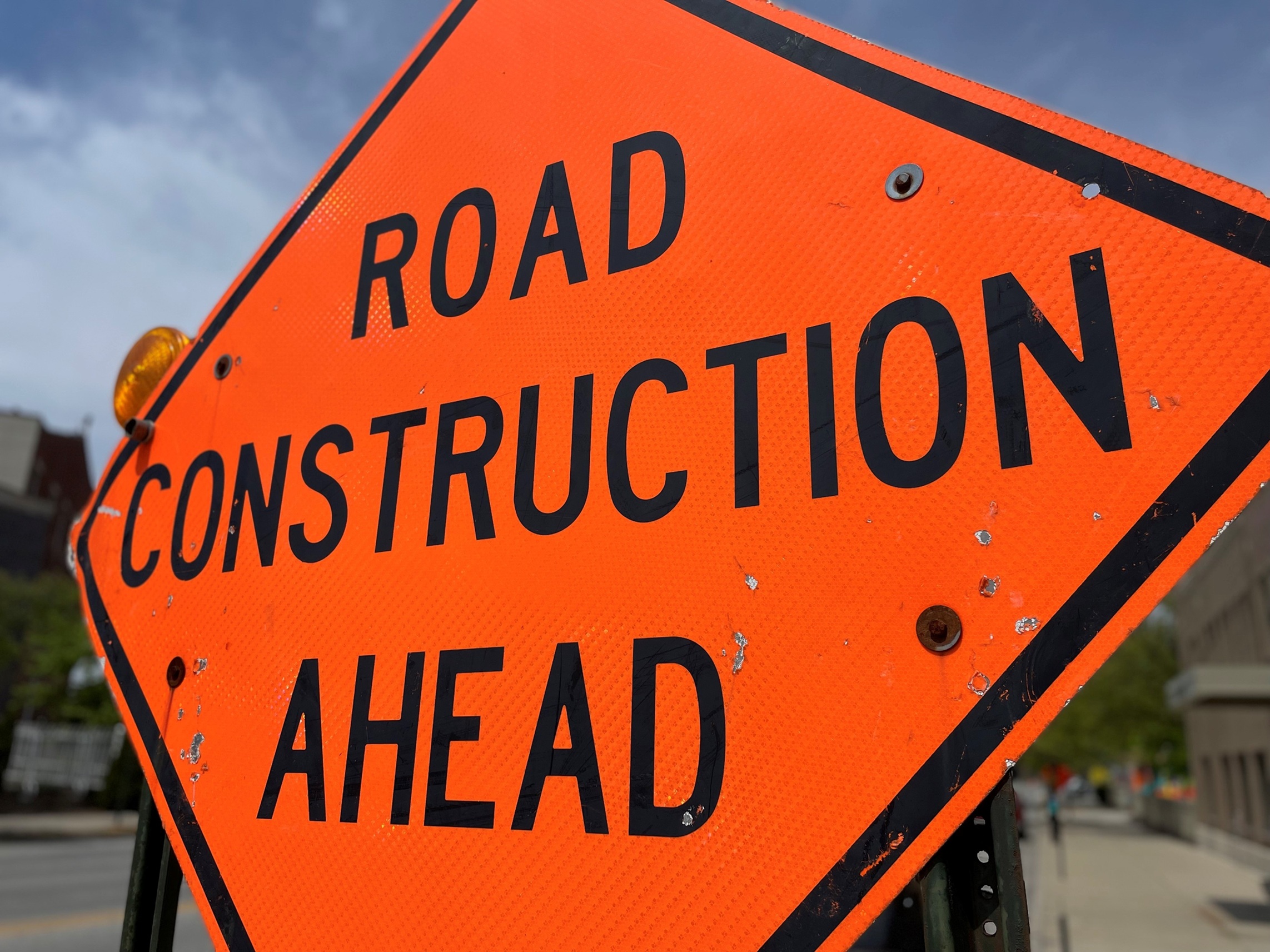
Future directions, emerging innovations
The evolution of DEN services for construction zone safety is advancing rapidly, with several promising developments on the horizon. Integration with automated driving systems represents perhaps the most transformative potential, as automated vehicles can not only receive DENM warnings but also respond to them automatically with appropriate speed adjustments and lane positioning.
Enhanced sensing technologies are enabling more sophisticated event detection. Artificial intelligence algorithms analysing camera feeds can automatically identify changing workzone configurations and worker positions, triggering appropriate DENMs without human intervention. This capability is particularly valuable for mobile workzones or maintenance activities that progress along roadways throughout the day.
Augmented reality applications are beginning to emerge as a compelling interface for DENM information. Using windshield displays, warnings can be visually overlaid on the driver's field of view, highlighting exactly where hazards exist and what actions are recommended. These intuitive interfaces help bridge the gap between receiving a notification and taking appropriate action.
The incorporation of bidirectional communication is also gaining traction, allowing vehicles not only to receive DENMs but also to contribute to them. For instance, if multiple vehicles detect unusual braking patterns near a construction zone, this collective intelligence can trigger or modify DENMs to warn approaching traffic about potential congestion or incidents.
As 5G networks continue to expand, the transmission capabilities for DENMs will only improve. Higher bandwidth, lower latency and network slicing capabilities will enable more detailed messages, faster delivery, and dedicated communication channels for safety-critical information. This infrastructure improvement will be particularly valuable in dense urban environments where construction activities frequently affect multiple road users.
Conclusion & a personal reflection
The integration of DEN services and DEN messages into construction zone management represents a significant advancement in road safety technology with measurable impacts. The ability to provide drivers with timely, relevant, and accurate information about upcoming workzones fundamentally changes how they interact with these high-risk environments. Early warning leads to smoother traffic flow, reduced collision risk, and ultimately, fewer fatalities among both drivers and road workers.
As C-ITS technologies continue to grow in the vehicle fleet and infrastructure expands to support them, the potential safety benefits will only increase. The gradual evolution toward connected and automated mobility will further enhance these systems, creating a safety ecosystem where vehicles automatically respond to construction zone notifications before human perception would even register the hazard.
“As C-ITS technologies continue to grow in the vehicle fleet and infrastructure expands to support them, the potential safety benefits will only increase”
For transportation agencies and construction companies, investing in DENM capabilities represents not just a technological advancement but a fundamental ethical imperative. The cost-benefit analysis consistently shows positive returns when accounting for both direct accident costs and indirect benefits like improved traffic flow and worker productivity.
The path forward requires continued collaboration among standards bodies, technology providers, infrastructure managers, vehicle manufacturers and policymakers. By committing to interoperable systems, transparent data sharing, and human-centred design principles, we can realise the full potential of DEN services to transform construction zones from hazardous necessities into examples of how technology can harmonise safety with mobility needs. As we build tomorrow's roads, DENM technology ensures we can do so while protecting those who work and travel on them today.
As I look at old photos of muddy boots and sunrise coffee breaks, I’m reminded how far we’ve come - and how much further we can go. C-ITS isn’t just about smarter cars; it’s about protecting lives, whether you’re behind the wheel, installing traffic lights or holding a stop sign. I still remember the anxiety of watching cars barrel past our cones, inches from the crew.
Today, DEN messages act as a digital shield. But technology alone isn’t enough.
When you see those orange signs:
• Slow down early: Sudden braking endangers everyone.
• Put your phone down: That notification can wait.
• Be patient, thank a worker: They’ve likely been on site since dawn.
To the engineers refining these systems and the crews braving the asphalt: thank you! And to drivers: let’s honour their work by staying alert. Because at the end of the day, we all want to get home safely.

ABOUT THE AUTHOR
Daniel Lenczowski is CCAM sales executive at Swarco




